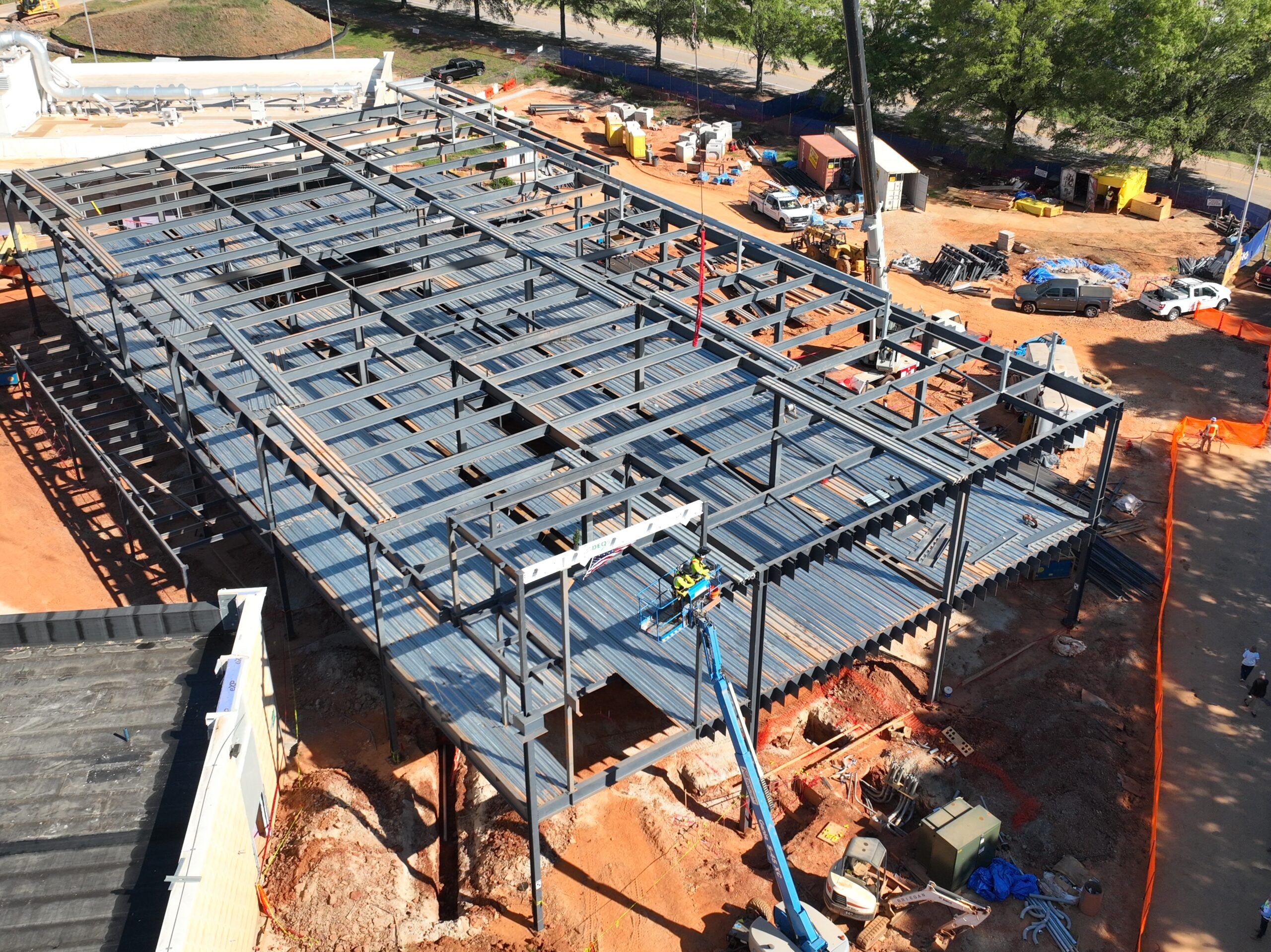Retail wood flooring is a strategic design choice that marries aesthetic appeal with functional durability, significantly influencing customer perception and shopping behavior. The installation of IPE Wood enhances this balance by adding rich, tropical character and exceptional hardness—a quality recognized in projects referenced by Brazilian Lumber Los Angeles. As the retail landscape evolves, the selection of appropriate flooring becomes paramount in creating inviting and resilient commercial spaces.
The Strategic Importance of Retail Wood Flooring
In retail environments, flooring is more than just a surface—it sets the tone for the entire shopping experience. Wood flooring, with its natural warmth and elegance, can elevate a store’s ambiance, making it more inviting to customers. Beyond aesthetics, wood flooring offers durability and longevity, essential for high-traffic areas common in retail settings.
Benefits of Wood Flooring in Retail Spaces
Enhancing Customer Experience
Wood flooring contributes to a welcoming atmosphere, encouraging customers to spend more time in-store. The tactile and visual appeal of wood can positively influence purchasing behavior, as customers often associate wood interiors with quality and reliability.
Durability and Maintenance
Retail spaces demand flooring that can withstand constant foot traffic. Hardwood floors, especially those made from oak or maple, are known for their resilience. With proper maintenance, they can retain their appearance for years, making them a cost-effective choice in the long run.
Sustainability and Environmental Impact
Many wood flooring options are sourced from sustainable forests, aligning with eco-friendly business practices. Choosing certified wood products can enhance a brand’s reputation among environmentally conscious consumers.
Selecting the Right Wood Flooring for Your Retail Store
Solid Hardwood vs. Engineered Wood
Solid hardwood offers authenticity and can be refinished multiple times, extending its lifespan. Engineered wood, composed of a hardwood veneer over plywood, provides greater stability and resistance to moisture, making it suitable for varying climates and subfloor conditions.
Finishes and Textures
The finish of wood flooring affects both its appearance and maintenance requirements. Options range from glossy to matte finishes, each offering different levels of scratch resistance and aesthetic appeal. Textured finishes, like hand-scraped or wire-brushed, can add character and help conceal minor wear.
Trends in Retail Wood Flooring
Current trends in retail wood flooring emphasize natural tones and wider planks, creating a sense of openness and modernity. Patterns like herringbone or chevron are gaining popularity, adding visual interest to store layouts. Additionally, there is a growing preference for sustainable materials, reflecting broader environmental concerns among consumers.
Conclusion
Investing in retail wood flooring is a strategic decision that can enhance the aesthetic appeal, durability, and sustainability of your store. By carefully selecting the type, finish, and pattern of wood flooring, retailers can create an inviting environment that resonates with customers and supports long-term business success.











